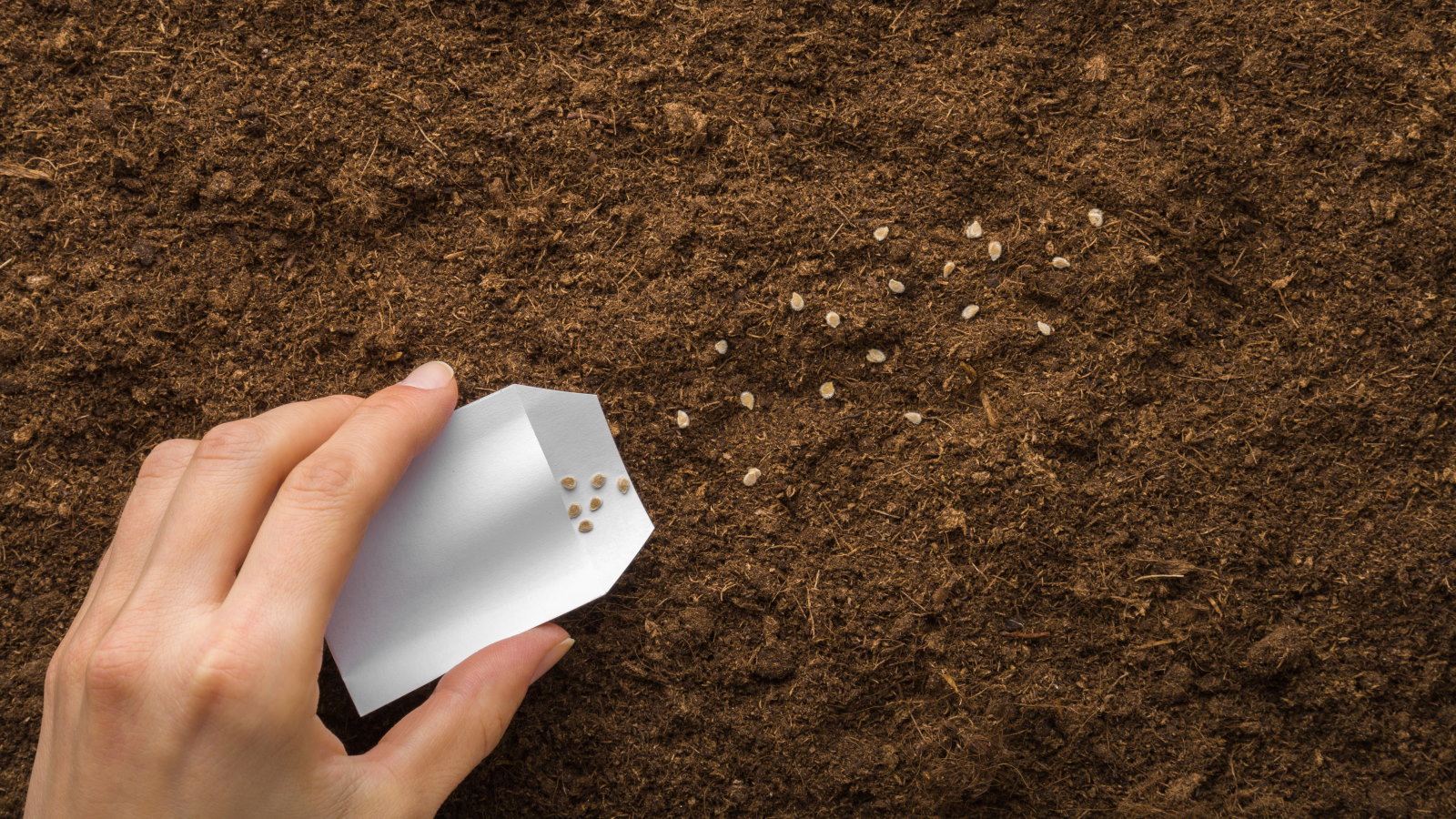
A gardening expert has revealed which eight plants are best to put in your garden to attract bees all year round, improving its appearance while also protecting the environment . The first suggested by Fiona Jenkins at MyJobQuote.co.
uk is the foxglove, which produces a spike of purple-pink flowers over the summer to early autumn months. It can grow up to two metres tall and is commonly found in heathland and woodland edges. Ms Jenkins says the foxglove can be "a beautiful addition to a summer garden", as they bloom in late spring to summer and can easily be grown from seed.

Once planted, they will self-seed in shaded areas of your garden, which will ensure a steady supply of pollen and nectar for bees during the early summer months. Secondly, it is recommended that lavender is in your garden. It is a natural source of pollen, which is "critical" for the health and survival of bees.
The insects are naturally drawn to the purple colour of lavender, the fragrance it gives off, and the nectar it provides. Ms Jenkins says lavender is an "ideal choice for attracting pollinators". Poppies are often short-lived perennial plants but can grow to over a meter tall with flowers up to 15 centimetres across.
Annual poppies are easy to grow from seed, add colour to a garden and are loved by bees, Ms Jenkins said. "They have many hair filaments and anthers, which make the pollen easily accessible to bees, and they contain very few fungi or mycotoxins." Asters, meanwhile, flower until frost hits, and they are often considered the best flower for attracting a range of pollinating insects.
Bees are "highly attracted" to aster when they are in bloom, and they are a great source of nectar during late summer and early autumn when most other plants have passed their annual bloom. Dahlias are a "big attraction" for bees due to their characteristic flowers, which have a long spike of petals that even look like honeycombs. Early bumblebees also love primroses.
Their fragile petals will not support the larger queen bees, but worker bees and hairy-footed flower bees will seek out their nectar-filled centres, which provide them with an excellent source of protein. Further, bees are drawn to hyacinths for several reasons, including their vibrant colours and scents. "In addition to providing nectar," Ms Jenkins said, "the strong stems and closely clustered florets will provide a safe place for bees to rest or shelter from harsh weather conditions.
" Finally, crocus flowers bloom in autumn or early spring and provide nectar and pollen for various bee species, including the honey bee. They are especially attractive when placed in large clusters. "As with hyacinths, these flowers can be a great source of shelter as well as pollen, as during the night, the petals will close around nesting bees," Ms Jenkins said.
.















